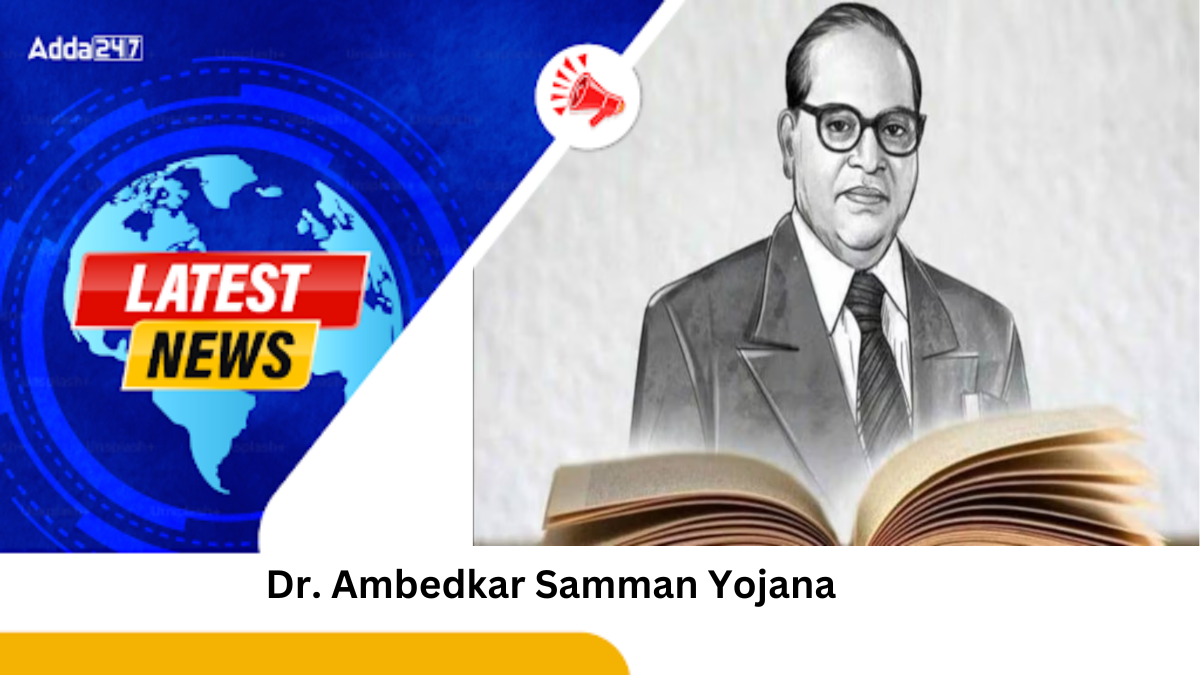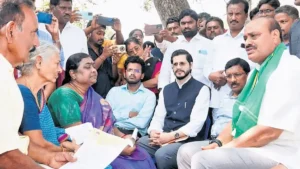The Aam Aadmi Party (AAP), led by Arvind Kejriwal, has introduced the Dr. Ambedkar Samman Yojana, aiming to support Dalit students pursuing higher education abroad. The announcement, made just before the Delhi Assembly elections, is seen as a strategic move to win over Dalit voters, linking the initiative with the legacy of Dr. B.R. Ambedkar’s vision of educational empowerment for marginalized communities.
Purpose of the Scheme
The Dr. Ambedkar Samman Yojana seeks to cover all educational expenses for Dalit students admitted to prestigious international universities, including tuition fees, travel costs, and other essential expenditures. This initiative intends to eliminate financial barriers, ensuring Dalit students can achieve their educational aspirations without monetary constraints.
Political Context and Criticism
The announcement is part of AAP’s ongoing efforts to honor Dr. Ambedkar’s legacy, emphasizing the importance of Dalit empowerment through education. However, the scheme has faced political opposition, especially from the BJP, which accuses AAP of rebranding previous failed promises. The BJP criticizes the unfulfilled promises from the 2019 initiative, questioning the scheme’s transparency and funding. In response, AAP’s Chief Minister Atishi highlighted that the Delhi government has allocated 25% of its budget to education over the last decade, and the new scholarship program aligns with Ambedkar’s educational vision.
Key Takeaways
Dr. B.R. Ambedkar: Played a crucial role in drafting India’s Constitution and fought for Dalit rights and women’s empowerment.
AAP’s Commitment: AAP emphasizes its dedication to Dalit education through substantial budget allocation in the last decade.
Political Dynamics: The BJP challenges the efficacy and transparency of AAP’s schemes, while AAP maintains that the new initiative is a step forward in fulfilling Ambedkar’s vision.
Summary of the news
| Why in News | Key Points |
|---|---|
| Dr. Ambedkar Samman Yojana launched by AAP for Dalit students’ higher education abroad | AAP leader Arvind Kejriwal announced the scheme. Covers tuition, travel, and other expenses for Dalit students. |
| Political Context | Aimed at honoring Dr. B.R. Ambedkar’s vision of educational empowerment for Dalits. |
| BJP’s Criticism | BJP claims the scheme is a rebranding of unfulfilled past initiatives, citing transparency and funding issues. |
| Previous Initiative (2019) | The 2019 scheme had insufficient funding, with only ₹25 lakh disbursed, primarily spent on promotions. |
| AAP’s Response | Atishi (Delhi CM) highlights 25% of Delhi’s budget allocated to education in the last decade. |
| Dr. B.R. Ambedkar | Renowned Indian jurist and social reformer, key figure in drafting the Indian Constitution, championed Dalit rights and women’s empowerment. |
| Aam Aadmi Party (AAP) | Political party founded in 2012, emerged from the anti-corruption movement. |
| Delhi Assembly | Legislative body of the National Capital Territory of Delhi, consisting of 70 members. |
| Delhi CM | Mrs. Atishi |
| Delhi Capital | New Delhi |



 PAHAL (DBTL) Scheme Delivers Improved Ef...
PAHAL (DBTL) Scheme Delivers Improved Ef...
 Atal Pension Yojana Crosses 8.34 Crore E...
Atal Pension Yojana Crosses 8.34 Crore E...
 Andhra Pradesh Launches 'Rythanna Meekos...
Andhra Pradesh Launches 'Rythanna Meekos...







